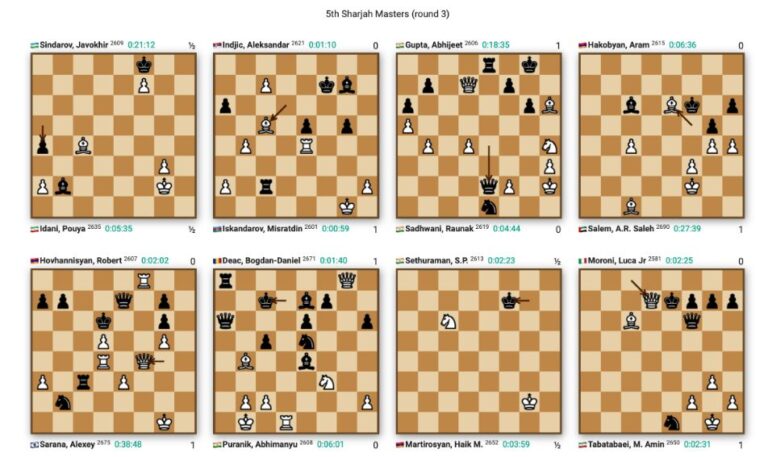Introduction to Chess Endgames
Chess is a game that has been around for centuries and has captivated players all over the world. It requires strategy, foresight, and logical thinking to defeat your opponent. At the beginning of a game, both players start with a full set of pieces and the board is full of possibilities. However, as the game progresses, pieces are captured and the board becomes less crowded. This is where the endgame comes into play. The endgame is the stage of the game where there are only a few pieces left on the board and players have to use their remaining pieces to try and checkmate their opponentâs king. In this article, we will discuss the basics of chess endgames and what you need to know to improve your endgame technique.
Importance of Endgames
Many beginners tend to focus on the opening and middlegame stages of chess, neglecting the endgame. However, the endgame is just as important as the other stages and can often determine the outcome of a game. In fact, many players have lost games simply because they did not have enough knowledge and practice in endgames. Endgames require a different set of skills compared to the earlier stages of the game. It is important to understand the fundamentals of endgames in order to improve your overall chess skills.
Types of Endgames
The type of endgame that occurs will depend on the pieces remaining on the board. Here are three common types of endgames:
- King and Pawn Endgame: This is the simplest type of endgame and occurs when both players are left with only their kings and a few pawns. In this endgame, the goal is to promote a pawn to a queen or a higher-ranking piece, and then use the new piece to checkmate the opponentâs king.
- Minor Piece Endgame: This type of endgame happens when the only pieces left on the board are bishops, knights, or both. Mastering the minor piece endgame requires a deep understanding of the strengths and weaknesses of these pieces.
- Rook Endgame: This endgame is characterized by the presence of rooks and possibly a few pawns on the board. In this type of endgame, the rook becomes a powerful attacking and defending piece, and players must be able to utilize their rook effectively to win the game.
General Principles of Endgames
Here are some general principles that can be applied to most chess endgames:
- Activate Your King: In the endgame, the king becomes a powerful piece and should be actively involved in the game. This means moving the king to the center of the board to support your other pieces and help promote your pawns.
- Centralize Your Pieces: Pieces in the center of the board have more control and mobility, making them more powerful. Therefore, in the endgame, it is important to try and centralize your remaining pieces to gain an advantage.
- Create Passed Pawns: Passed pawns are pawns that have advanced past all of the opponentâs pawns and are on their way to promotion. These are valuable assets in the endgame and can often be the key to winning the game.
- Simplify the Position: As the endgame approaches, the number of pieces on the board decreases. This means that there is more open space and fewer obstacles, making it easier to checkmate the opponentâs king. Therefore, it is beneficial to try and simplify the position by trading off pieces and reducing the number of threats on the board.
Conclusion
In conclusion, the endgame is an essential part of chess and requires its own set of skills and strategies. It is important to not neglect practicing and studying endgames in order to become a well-rounded player. Remember the general principles of endgames and practice different types of endgames to improve your skills. With enough practice and understanding, you will be able to confidently navigate through the endgame and secure a win against your opponent.

